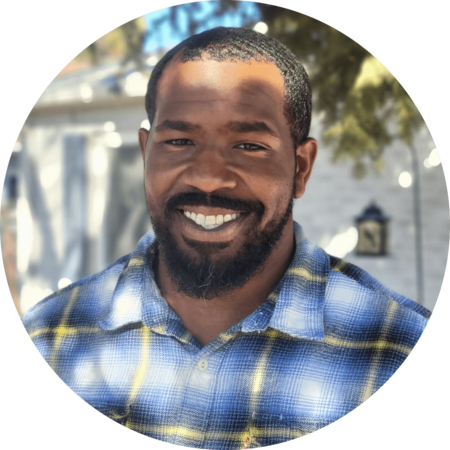Environmental Justice ombudsperson
The Environmental Justice ombudsperson is a new role within CDPHE. It was created by the Environmental Justice Act (House Bill 21-1266). The ombudsperson is appointed by the Governor. They report directly to CDPHE Executive Director Jill Hunsaker Ryan. The ombudsperson receives administrative support from the Environmental Justice Unit but is otherwise independent.
Environmental Justice Ombudsperson Complaint System
CDPHE launched the Environmental Justice Complaint System on January 20th.
The Environmental Justice ombudsperson role was created by the Colorado Environmental Justice Act (HB21-1266). Marcus Howell is the Environmental Justice ombudsperson. He is independent and reports to CDPHE's Executive Director. The Ombudsperson Complaint System is new. It allows community members to share concerns about pollution with CDPHE.
The ombudsperson works with staff from across CDPHE. He will work to respond to complaints promptly and transparently. Over time, the ombudsperson will identify trends and work to address them with CDPHE leadership.
Learn more about the Complaint System
Questions? Contact us at ej_complaints@state.co.us.
Meet Marcus Howell
Environmental Justice ombudsperson
Born and raised in Colorado, Marcus Howell graduated with a Bachelor of Political Science from Colorado State University. As a devoted community organizer for the past decade and Director of Constituent Services in the Governor's Office for the past three years, Marcus is passionate about serving the state and its people. As the Environmental Justice ombudsperson, he is eager to serve disproportionately impacted communities as a liaison and advocate. In his free time, Marcus enjoys spending time outside with his family and sharing good food with friends.
The ombudsperson’s duties include:
- Collaborating with the Environmental Justice Advisory Board to promote environmental justice.
- Providing multiple means for residents of disproportionately impacted communities to contact the ombudsperson about environmental-related matters.
- Working to improve the relationship between CDPHE and residents of disproportionately impacted communities through open, honest, frequent, and straightforward communication.
- Earning the trust of disproportionately impacted community residents by responding directly to community questions that pertain to environmental justice matters.
- Increasing the two-way flow of information between CDPHE and disproportionately impacted communities on environmental subjects.
- Disseminating information through local schools, social media, local activity clubs, libraries, and other local services.
- Prioritizing in-person meetings in communities with populations that are predominantly Black, Indigenous, Latino, or Asian-American, communities where the median income is below the state’s average, and in rural locations.
- Identifying ways to enable meaningful participation by disproportionately impacted communities in CDPHE decision-making processes.
- Developing and implementing a process to receive complaints and inquiries for matters pertaining to environmental justice by maintaining a phone number, website, email address, and mailing address.
- Establishing procedures to address complaints pertaining to environmental justice to the extent practicable.
- Coordinating with the Office of Health Equity.
- Working with CDPHE leadership to report to the Air Quality Control Commission on equitable progress toward Colorado’s greenhouse gas emission reduction goals.
- Serving in an advisory capacity for other state agencies on engagement with disproportionately impacted communities in light of proposed agency actions.
- Serving as an advocate for disproportionately impacted communities in CDPHE decision-making processes related to policies that implicate environmental justice.
